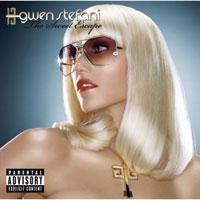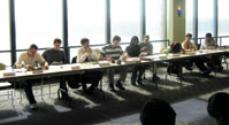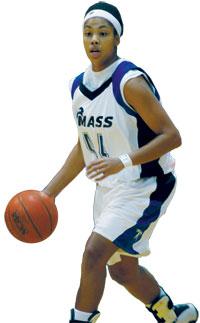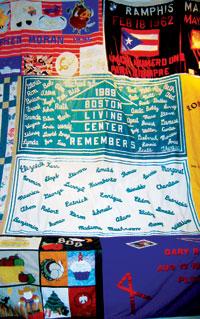Yeah, But We Have A Spectacular View
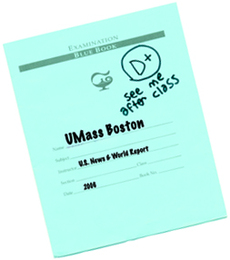
September 12, 2006
Cambridge readers of US News & World Report were surprised this year when Princeton beat Harvard as the number one ranked college in the country. Harvard and Princeton had been tied for the number one spot three years running, but this year Princeton edged out our neighbors across the river. Less surprising and controversial was UMass Boston’s poor showing.
US News & World Report, which publishes the best known US college and university ranking system, split the 248 American schools it classifies as ‘National Universities’ into four tiers, each with 62 colleges. The top two tiers were ranked numerically while the bottom half were lumped as either third or fourth tier.
UMass Boston repeated last year’s placement in the fourth tier category. University rankings-US News & World Report’s rankings-are extremely influential on prospective students and alumni. A Cornell University study found that the rankings significantly affected colleges’ applications and admissions. There have been many cases of alumni groups stepping in and complaining to their alma mater when a University slips in the ranking. When new university students make decisions on where to apply, US News rankings are often a primary resource. In addition, university rankings strongly correlate with the starting pay of recent college graduates.
The rankings are based on a set of indicators collected and calculated by the weekly magazine. The indicator given the most weight is peer assessment, which makes up 25% of the total score. US News & World Report sends surveys to University presidents, provosts and deans of admission who then rank institutions with which they are familiar on a scale of 1 through 5.
Retention, including returning freshman and six-year graduation rate is given 20% of the weight in the rankings. US News & World Report rationalizes that the percentage of returning freshman indicates that a school is more likely offering classes and amenities that students need and want.
Another 20% of the score comes from “faculty resources.” This is based on several components. Class size is the largest component, measuring both the percentage of classes under 20 and the percentage of classes over 50. The faculty resource score is also based on faculty salary, the proportion of professors with the highest degree in their field, the percentage of faculty that are full time, and the student-faculty ratio.
Since the quality of a college is largely determined by the caliber of students attending, student selectivity accounts for 15% of the total score. This score is calculated using test scores of entering freshman, the proportion of freshman admitted who graduated at the top of their class, and the acceptance rate.
Financial resources of a university account for 10% of its score. This is a measure of the amount of per-student spending. The rationale is that the more money a university has to spend on its students, the greater the variety and quality of programs and services will be.
The final 10% is based half on the graduation rate performance and half on the alumni giving rate. If a school improves its graduation rate this indicates improvements. Alumni giving rate indirectly measures student satisfaction.
From these criteria any UMass Boston student might guess that our ranking would be quite low. We are a relatively low-budget university with limited programs and services offered. Our acceptance rate is very high, and we typically have very large class sizes. With peer assessment counting for the largest percentage of the score, it seems that admissions counselors, university presidents and provosts who responded to the US News & World Report are not impressed with UMass Boston.
Members of the UMB community often shrug off criticism of our less comprehensive academic offering by pointing out that UMass Boston is a quality education for comparatively little money. But we are conspicuously absent from the list of “Great Schools at Great Prices” which US News & World Report printed in the same issue. In fact, top-ranked schools UC Berkeley, University of Virginia, UCLA, University of North Carolina-Chapel Hill, University of Wisconsin-Madison, UCSD, College of William and Mary, and Georgia Tech all have lower tuition and fees than UMass Boston, and rank among the top 40 colleges in the country.
UMass Boston does appear on the list of greatest campus ethnic diversity in this year’s rankings. At number 39 we are towards the top, but still lower than many noted public urban universities. Many private universities rank above UMB in ethnic diversity as well, including Harvard and MIT. Diversity rankings are based on the mix of different races and the likelihood that one would “encounter undergraduates from racial or ethnic groups different from their own.” UMass Boston’s largest minority is African-Americans, who make up 16% of the student body.
There are various legitimate criticisms of both the methodology that US News and World Report uses as well as the idea of trying to rank universities at all. The methodology is largely arbitrary: the rankings’ founder used the fact that Harvard, Yale, and Princeton continually round out the top three as a primary defense of the methodology. One year, the California Institute of Technology earned the top spot on the rankings. The methodology was promptly changed, returning Harvard to its traditional top spot.
Several other organizations have their own rankings to compete with those of US News. The Times Higher, a London magazine that deals specifically with higher education, has a list of the world’s top 200 universities popular with European students. On the Times Higher List the University of Massachusetts system is not separated into the five different campuses, but ranked as one large University. This certainly made an impact as the UMass system ranks number 68 on the Times Higher ranking. The Times Higher methodology places emphasis on research done at Universities and provides little reward for quality teaching. For example, Times Higher ranks Brown University and Washington University in St. Louis, both in the top 15 on US News’s ranking, just below UMass.
Newsweek also comes out with their own rankings, also with an emphasis on research as well on the number of highly-cited researchers in various academic fields working at the university. UMass Boston ranked too low to be put on Newsweek’s ranking, which only included 100 universities, but UMass Amherst was able to squeeze on as number 99.





















































